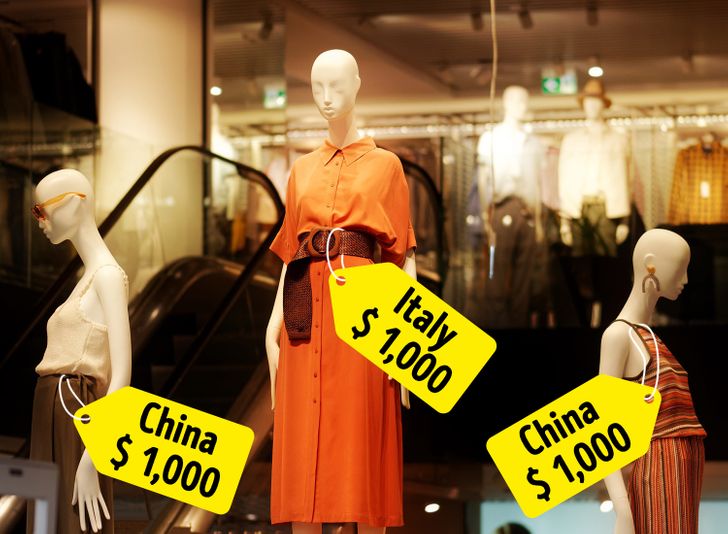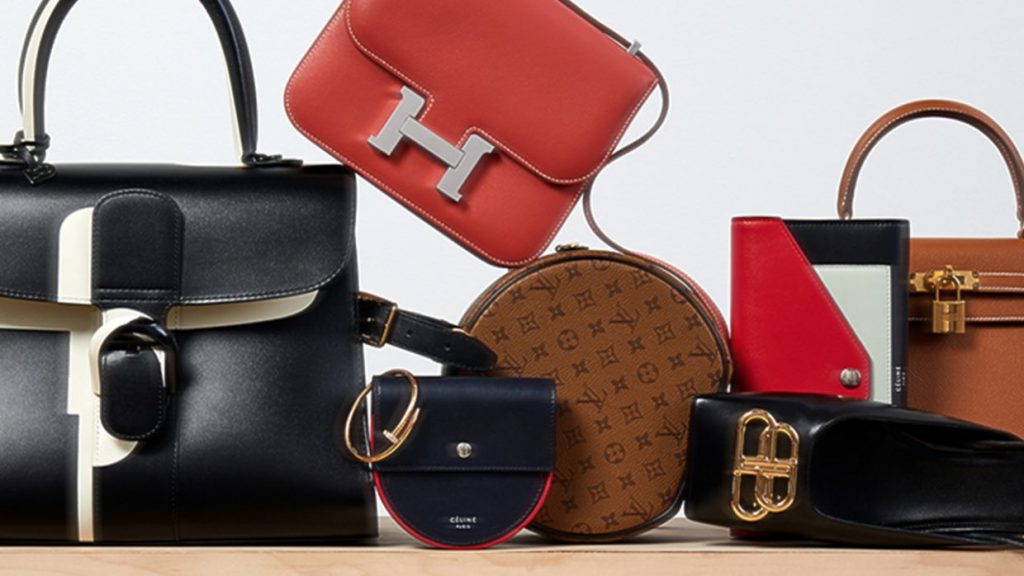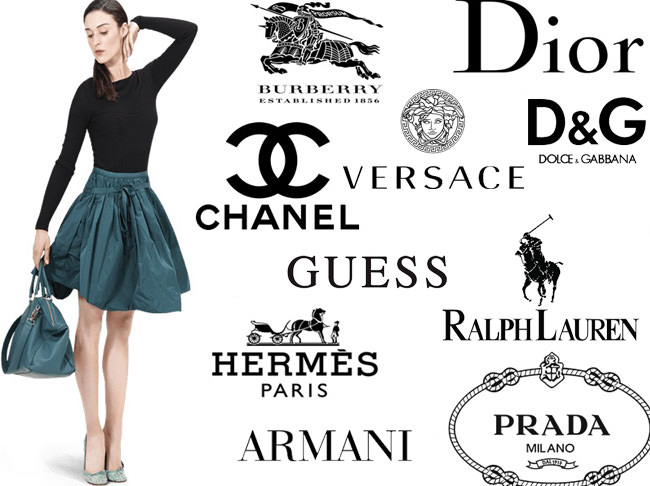
There is no question that Luxury Clothing Quality has for centuries stimulated in the personalities of men a similar craving to have, subordinating all the thoughts, desires, points, and aspirations of man, guiding him to progressively limited goods.
Luxury is more than a time for a beautiful, costly thing; it is an idea practically heavenly. Any individual who claims luxury Poor Quality items, from antiquity to modern times, abruptly becomes had of the characteristics that laud and administer it into the personalities of the untouchables, gets attributes that may not have like insight, strength, pride, and mental fortitude. A man with luxury products turns into a magnetic individual, worth after for some individuals, dependable, and magnificent every way under the sun. Luxury products are not simply things, and they are instruments that are appropriately utilized, which can offer their owner many new opportunities.
Luxury used to be equivalent to quality. Design's most famous brands assembled their brands on the best materials and the most talented craftspeople, then, at that point, charged clients a premium for both. In any case, sooner or later, throughout the most recent 15 years, things changed.
If you're not prone to purchase originator garments, you're still likely mindful they're costly — yet you may not understand precisely how expensive. Run a short hunt on “designer clothing,” and the outcomes are probably going to make your eyes pop.
Nearly $300 for a Versace T-shirt. Almost $600 for a men's dress shirt by Tom Ford. More than $15,000 — near the cost of a low-end new vehicle — for a Christian Siriano tulle outfit.
Checking out these price tags, you can't resist the urge to consider what's so extraordinary with regards to these architect duds that make them worth this sort of cash. Does binge spending on designer brands Typical Examples truly get you better quality or unrivaled style, or would you say you are simply paying for the name? The appropriate response is messier than most people think.
Status versus Quality

With regards to top-of-the-line designer clothing, you don't generally get what you pay for.
While the fabrics and development of luxury brands are, for the most part, better compared to quick design – you're paying a premium for distinction, costly retail stores, discount edges, and huge promoting financial plans.
Promoting is likewise progressively costly. The organizations behind luxury brands spend monstrous financial plans to persuade purchasers their brands are of excellent quality and lavish. At the end of the day: an enormous piece of the value you pay for extravagance clothing is for the brand's showcasing and very little for the actual expense of the article of clothing. There's not a relative expansion in the theme of clothing quality as the value ascends to high as can be leveled.
So for what reason do designers and luxury brands figure out how to sell their items at such excessive costs? Just because individuals are ready to pay. In any case, many individuals pay that premium for designers clothing since they see an increment in quality that isn't there.
Yet, when we understand, we have two choices what do we do? We can either address swelled costs for luxury vanity brands at one limit or practically nothing for quick design landfill possibilities on the other. There's very little shade in the middle. What else would we be able to do?
How to Know if Designer Clothes Are Worth the Price?

The key to determining whether designer clothing merits the high costs is to see the amount it costs contrasted with standard garments. There haven't been many examinations regarding this matter, yet Datafiniti destroyed one 2016 focusing on architect shoes.
Datafiniti compared over 25,000 costs for shoes from 379 brands, incorporating shoes with and without originator names. It observed that the average cost for all non-extravagance brands was $100 per pair. On the other hand, the average prices for planner brands went from around $215 to almost $1,400 — between twice and 14 times as much as ordinary shoes.
One more piece of information comes from a 2019 article distributed in Fast Company about Stitch Fix, a dress membership box. As indicated by the article, ordinary Stitch Fix supporters pay a normal of $55 per piece of clothing. Be that as it may, Stitch Fix likewise offers a better-quality membership box, including premium fashioner marks. Articles of clothing in these cases cost $100 to $600 — about two to 11 times as much.
You can likewise find out more architect clothing costs by checking costs for explicit attire at retail chains. For instance, at Nordstrom, fashioner pants range in price from $220 to $1,850.
Conversely, L.L. Bean — a brand commonly known for quality however not status — charges $45 to $89 for grown-up pants. So fashioner pants cost somewhere in the range of over two to 37 fold the amount of as sensibly all around made pants without the originator name.
Price differences for T-shirts cover a considerably more extensive territory. Creator T-shirts at Nordstrom range from $73 to $1,590. Shirts at L.L. Bean cost somewhere in the field of $20 and $47.
The Final Word
In case you're a Hollywood star with an impressive picture to keep up with, perhaps dishing out boatloads of money for planner style bodes healthy — however, even the celebs don't generally do as such. In any case, the more significant part of us needs garments that look great and last, and there's no compelling reason to address designer prices for that.
